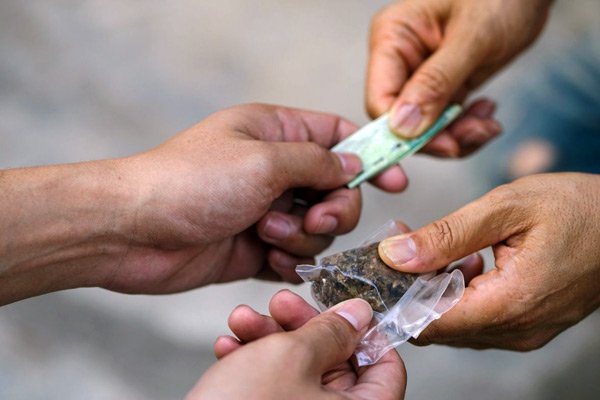Oct 18, 2019, will mark one-year since cannabis was made legal for recreational use in Canada. How’s the industry going? Surprisingly, given the hype leading up to Legalisation 1.0, not that great. In our opinion, that result flows from an inconvenient truth.
How’s it going?
The average stock price of the top three cannabis companies (ranked by revenue) is down almost 50% from Legalisation 1.0 (Oct 18, 2018). That’s over $10B in lost market cap. And the leader, Canopy Growth, saw this year’s most recent quarterly revenue actually declined. Supply problems are routinely reported yet retail inventories of some products are swelling [1]. CEO heads have been rolling and production license violations have been discovered. Provincial and municipal governments have been inconsistent in their regulations on cannabis use and retailing. Curiously, the only thing underestimated was interest by seniors.
Yes, year one has been at least as messy as predicted.
The industry response
According to Strategy [2], the cannabis industry is suggesting all will be well at Legalisation 2.0. That’s Oct 18, 2019, when edible and concentrated forms of cannabis become legal. According to research funded by Lift & Co (the industry-sponsored ‘trip’ adviser for legal cannabis), that’s when the 50% of Canadians who aren’t current cannabis users could have their fears and scepticism allayed by smart marketing. Except that the significant restrictions on allowable cannabis marketing practices will make that a very lengthy consumer journey.
As mentioned in our earlier posts on this topic [3], the cannabis industry and the Canadian governments conveniently dismiss the illegal cannabis market. The trouble is, only 29% of current cannabis users surveyed by Stats Canada use legal sources only [4], meaning 71% continue to use illegal sources. So the illegal market is still much bigger in volume and revenue than the legal one. The new forms of cannabis available at Legalisation 2.0 will not kill that big of an illegal market.
Inconvenient truth & marketing
There is a basic marketing problem with legal cannabis in Canada. Pricing. Legal cannabis costs consumers 57% more than the (traditional) illegal variety [5]. Government taxes are estimated to be 49% of the legal retail price [6]. Even though legal cannabis is safer and more customisable than what you buy on the street or by mail order, that won’t be worth a 57% price premium to many. One of the things that doesn’t get talked about in this conversation is that most current cannabis users have personal relationships with their ‘non-legal’ suppliers. The latter are not (generally) heroin pushers. More often, they are your friends and family members.
Can governments lower taxes? Probably not a lot—total taxes on alcohol are significantly higher. But they do need to find the sweet spot where total tax revenue is maximised. It’s government who will need to lead the charge on marketing communications that explain the safety benefit of legal cannabis, simply because that’s not a cannabis brand differentiator. And relax the current restrictions on how cannabis brands can market themselves.
All of this needs to start with an acknowledgment of the industry’s inconvenient truth. There is, and will always be, an illegal market. It must be treated like any other marketing competitor.
- Vanmala Subramaniam , “Just not selling’: Canopy’s results take hit as some retailers struggle to move oil and gel products”, Financial Post, Aug 15, 2019.
- Josh Kolm, “Edibles could bring millions of consumers into the cannabis market”, Strategy, Aug 15, 2019.
- THE CANNABIS CRAZE & JUST HOW BIG IS THE CANNABIS MARKET?
- National Cannabis Survey, second quarter 2019, Statistics Canada’s The Daily, Aug 15, 2019.
- Patrick Cain, “Cannabis taxes brought in $186 million in five and a half months”, globalnews.ca, Jun 19, 2019.
- Extrapolated by Coyote from 5 above.





